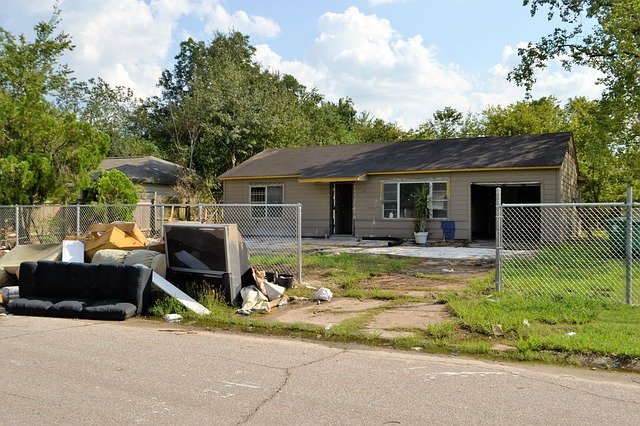Although homes are not living organisms, they do require care and attention. However, we often ignore our homes until something goes wrong and the need for maintenance is evident and immediate repairs follow. For example, the other day, after returning from a long trip overseas, I woke up jet-lagged at 3 AM and noticed a small river running down my street. Upon closer inspection, I realized that it was caused by a broken water main. So, I called 311 and woke up one of my neighbors to let her know that some of the water in the gutter was making its way into her garage. When they turned off the water, my neighbor’s garage was flooded, as was her art studio in the adjacent room. Afterward, she had to use a service to dry the area out and throw away a lot of damaged art materials.
Although we are in the longest-running, or at least one of the longest-running droughts in history, proper drainage is always essential to protect our homes and belongings and the environment. In the example I used above, it was obvious that the driveway was too flat and that its flow line was close in elevation to the top of the grate in the garage. Whoever designed and built it did not consider the hydraulic grade line. Unfortunately, by not noticing or not caring enough to fix the elevation issue, they caused the current incident, which will be costlier and more disruptive. Therefore, the cause of action for the driveway mentioned above, at this time, should be to re-design it and make the necessary construction changes. And not just because there could be another water main break down the road, but also because at some point, there will be a 25- or 50-year storm event, and the damage will be even worse.
We are all aware that climate change is an issue and is wreaking havoc in many parts of the world. Therefore, we need to learn from the empirical data and anecdotal experience to ensure that we minimize the risk of flooding as much as possible. Additionally, incorporating backflow preventers, overflow valves, and other appurtenances will go a long way to design and building better. These measures will incur additional costs initially, but they are minimal in comparison to the expected monetary value of the risk associated with flooding.
One other thing to consider in drainage design is that open channels, wherever possible, will almost always be better than a closed (piped) system. This is not only because of the ease of maintenance but also because open channels allow stormwater to percolate back into the groundwater, which a closed system cannot do. Also, an open system precludes the need to use fabricated materials, such as PVC, corrugated metal, or reinforced concrete piping. These are typically materials that end up in landfills if not properly repurposed or recycled. For more information or to request a consultation regarding proper drainage design and techniques, don’t hesitate to get in touch with SCE.

